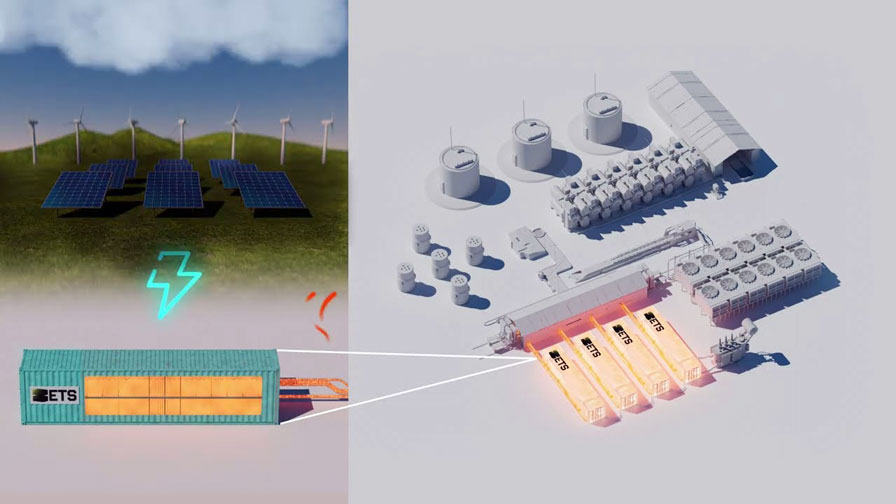Boston-based Electrified Thermal Solutions (ETS) received Technology-to-Market Plus Up extension funding from the U.S. Department of Energy after cycling its full-scale thermal brick stack, the Joule Hive Thermal Battery, up to 1,700°C for extended periods – reaching Technology Readiness Level 6.
Following $5 million and $35 million award selections from the DOE Industrial Efficiency and Decarbonization Office and the DOE Office of Clean Energy Demonstrations, respectively, ETS expects to achieve Technology Readiness Level 8 in 2025 with a megawatt-scale Joule Hive Thermal Battery commercial demonstration.

“We are quickly knocking down the barriers to electrifying high-temperature heat processes for industry,” said Daniel Stack, co-founder and CEO of Electrified Thermal Solutions. “Historically, the inability of state-of-the-art metal, ceramic or graphite heating elements to survive at the highest temperatures that heavy industry requires has been a show-stopper for the electrification of steel, cement, glass and other super-hot industrial processes. By slightly altering the composition of the age-old firebrick, we’ve created a heating element that can durably deliver clean heat at temperatures hot enough for any industrial process. [DOE] support has enabled us to prove this with factory-manufactured bricks in anticipation of rapid commercialization of our thermal energy storage system.”
Developed over almost a decade at Massachusetts Institute of Technology, Joule Hive provides the lowest-cost decarbonized heat by either using onsite renewable electricity or charging from the grid during off-peak hours when electricity is the least expensive. It will be the first thermal energy storage system, noted ETS, to durably deliver up to 1,800°C (3,275°F) heat from electricity, hot enough for even the most demanding industrial applications.
In demonstrating that ETS’ E-Brick circuits can generate the required temperatures directly from electricity while durably and continuously cycling between low and high temperatures is a key milestone to commercialization. ETS will now move toward building a 1-MW, 5-MWh commercial demonstration system, which is anticipated to be operational in 2025.



